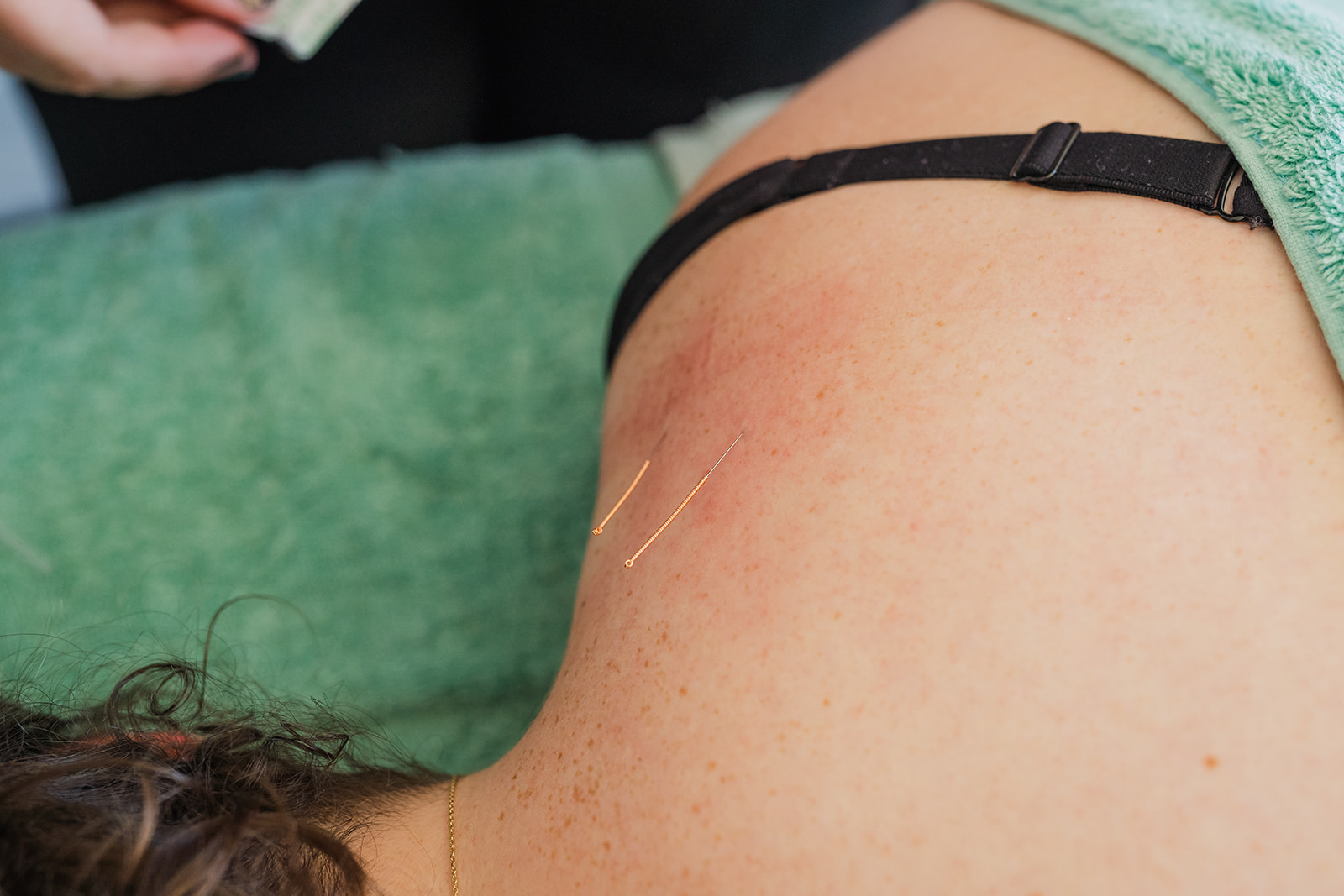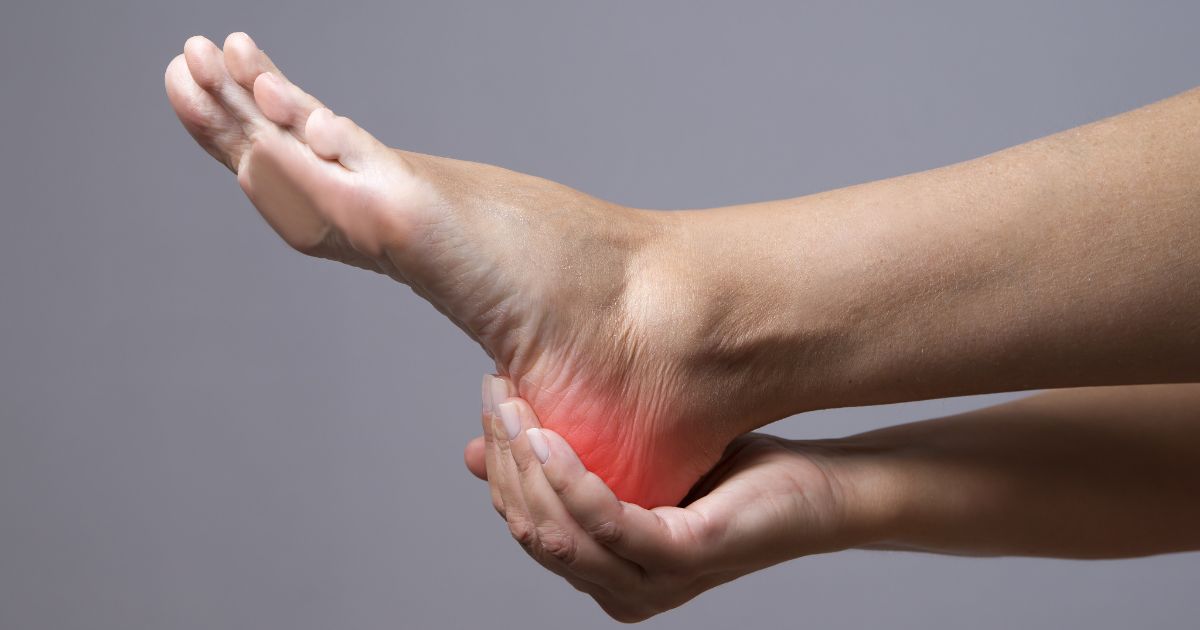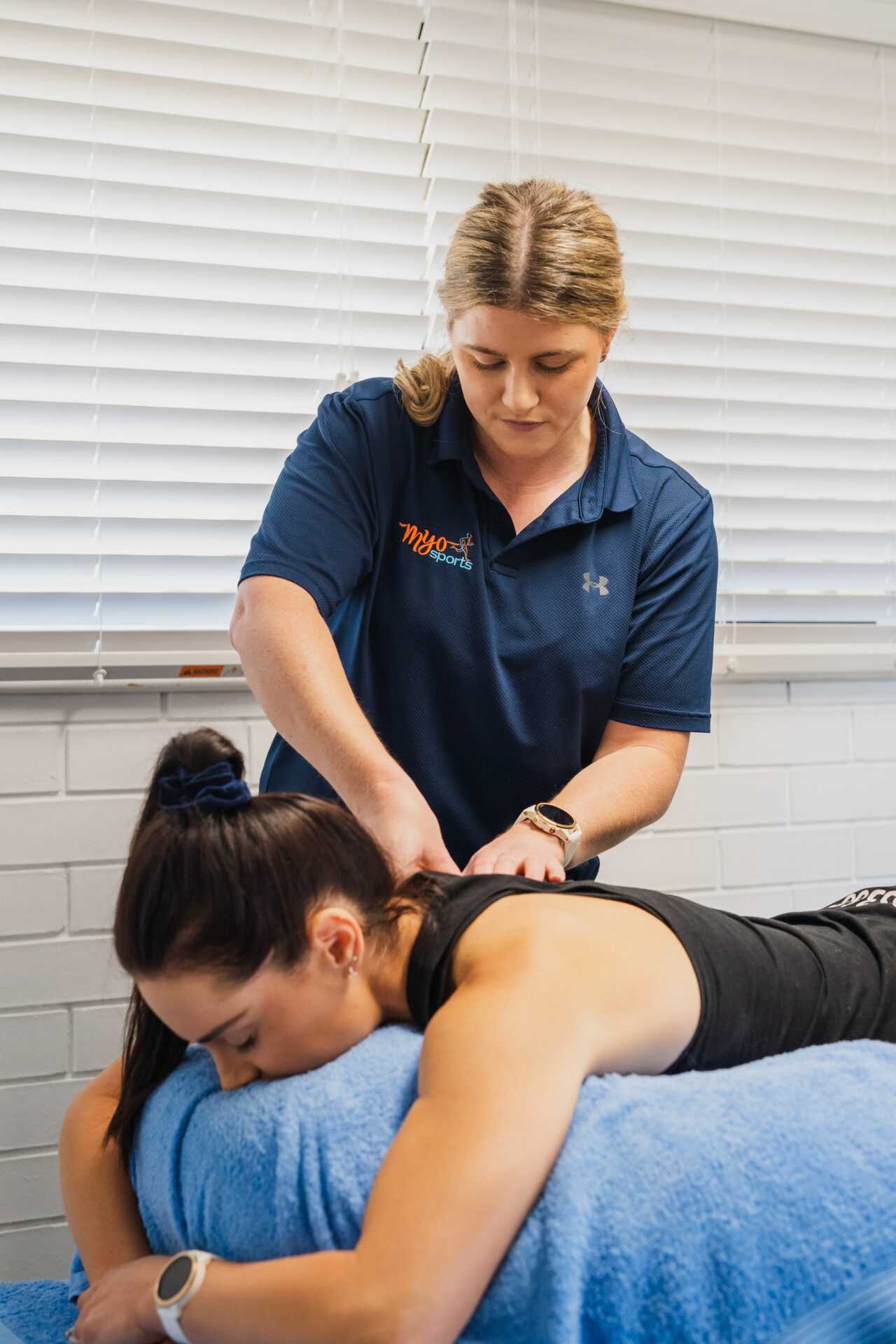Spring has well and truly sprung and we are heading into the warmer weather now- goodbye winter!
This time of year sees many people coming out of winter hibernation looking to get out in the sunshine to get their bodies moving and for many getting their “summer body” ready. With this sudden spike in activity for those who don’t do a whole lot over the winter period, it can bring on overuse injuries- that good old saying “too much too soon” couldn’t be more accurate. So here’s some tips and things to remember:
- Whatever exercise you are re-starting or starting, introduce yourself to it slowly! This can mean a number of things depending on what suits you- your variables being the number of sessions per week, the length of your sessions/activity and your intensity level during these sessions. We would recommend you do any of the following: start with less sessions (aim to start with around 2-3 per week for approximately 2-3 weeks and then increase gradually if desired, depending on your fitness levels). If that is not enough, reduce your timeframe to again suit your fitness levels (instead of an hour 2-3 x weekly, do 30 mins 4-5 x weekly). Finally, the intensity- this is a harder variable to manage and you tend to find this can be easily overdone in the beginning until your body awareness of your fitness levels develops more. Start slightly lower and build on this- if you do personal training for example, your trainer will be able to monitor you as you go. You might be able to increase your intensity earlier if you are doing less sessions per week as your body will have time to recover between them if they are not performed on consecutive days. Going hammer and tong first session sounds great in theory but for some, this can leave you feeling very stiff and sore the next day/s potentially reducing your ability to perform for your next workout and the effects can snowball- but recovery can really offset this.
- Recovery is one of the most underrated aspects of exercise and the part many of us neglect- it can seem like a chore to many at times but please don’t neglect it as it can most certainly be the difference between you becoming injured or not and even if no injuries occur, it can be the difference between your performance levels from one day to the next. In a competition setting, this can be the difference between you winning or not, if this is your goal. Recovery can be done in so many different ways- the most common recovery option tends to be stretches. While the evidence does not necessarily support stretches right after exercise- this is probably going to be the best time because A- you are already warm and just completed exercise and B- if you do not make time post- exercise you are not likely to make time later (which you should definitely be doing both of these things). Stretches are not your only option- recovery can include therapeutic aids such as a foam roller, spikey balls, heat and or ice depending on your preference, compression pants and any kind of therapy such as massage, myo or your preferred choice of treatment. As we know, strength comes in numbers and the body loves variety (it literally thrives/lives for it) so the more you can change up your recovery and incorporate different methods- the better off you will be long term. A win win situation and you won’t get bored doing the same thing over and over again.
The team at myosports are here to help you in any way we can from a musculoskeletal perspective – anyone who is willing to be proactive about their health is welcome so if you have any questions about anything mentioned call the clinic to book yourself an appointment to find out just how far you can go this spring or to help get that summer body in shape ?




